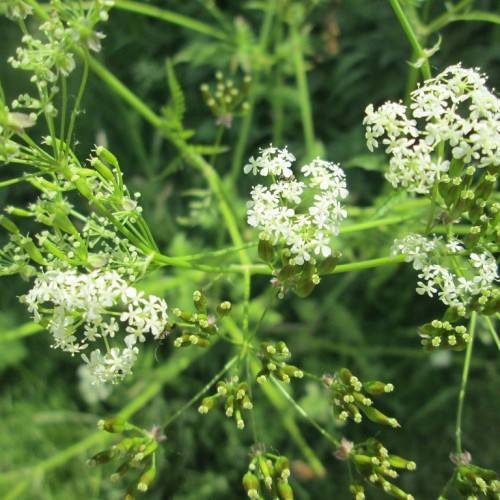
Rough Chervil
Chaerophyllum temulum
Watering:
Frequent
Hardiness Zone:
Sun:
full sun,part shade
Leaf:
Yes
Growth Rate:
Low
Drought Tolerant:
Yes
Salt Tolerant:
Yes
Care Level:
Moderate
watering
Small snapdragon requires moderate watering. Keep the soil moist but not overly wet. Water deeply, ensuring soil is completely saturated. Allow the soil to dry out slightly between waterings. In hot climates, small snapdragons may require watering every day or 2 during dry periods. In milder climates, they can go a few days without water. In general, water when the top 1-2 inches of soil are dry.
sunlight
Small Snapdragon prefers full sun with at least 6 to 8 hours of direct sunlight per day. When planting, face the plant south towards maximum sunlight, if possible. Avoid cool, shady spots as this can reduce flowering. In harsh and extreme climates, some midday or early afternoon shading may be required. During excessively hot weather, especially in summer, the plants may require partial shade to avoid burning the foliage.
pruning
Small snapdragon (Chaenorhinum minus subsp. minus) benefits from regular pruning to help maintain a healthy shape and to encourage new growth. Prune small snapdragons in early spring, right before new growth begins. Start by cutting any yellow, wilting, or dead stems at their base. Then prune the remaining stems back to where they meet the main stem. This will encourage a bushier plant. For more vigorous growth, leave 4-5 of the top healthy shoots to grow. Make sure to use sterilized pruning shears to prevent any potential spread of disease.
